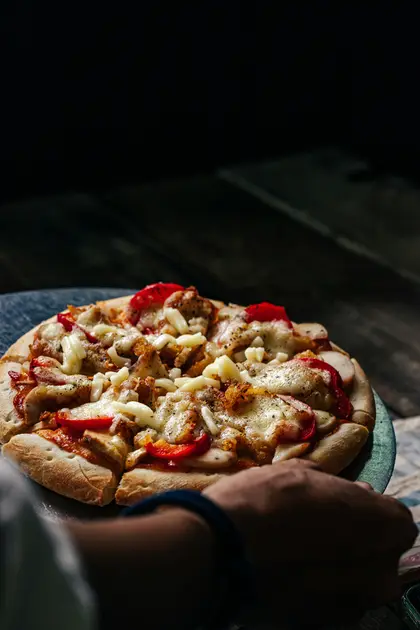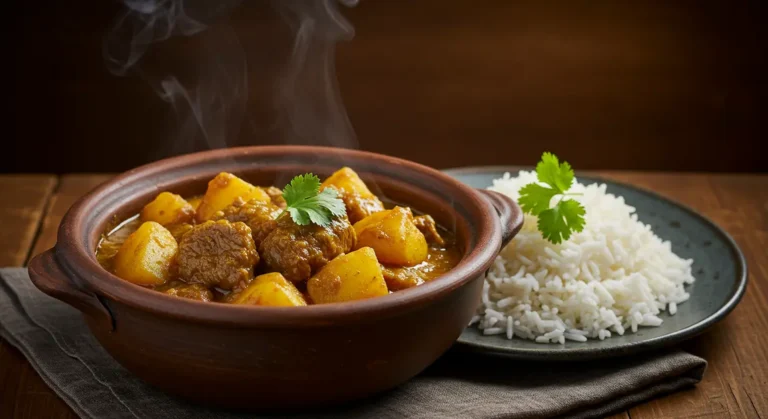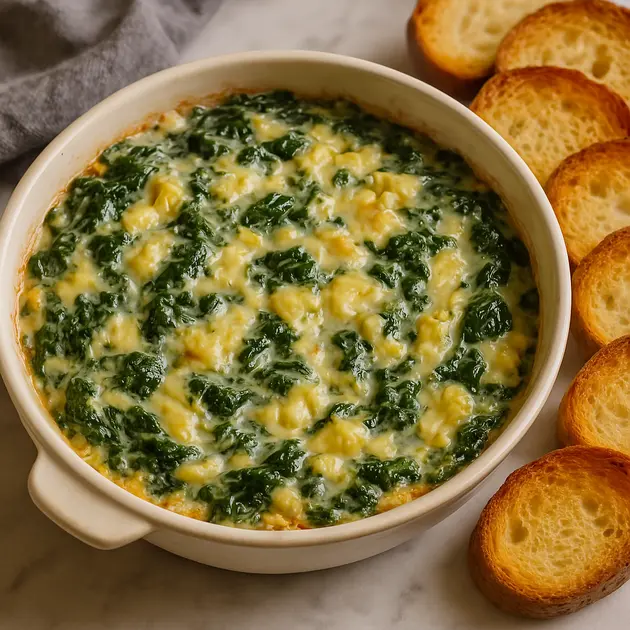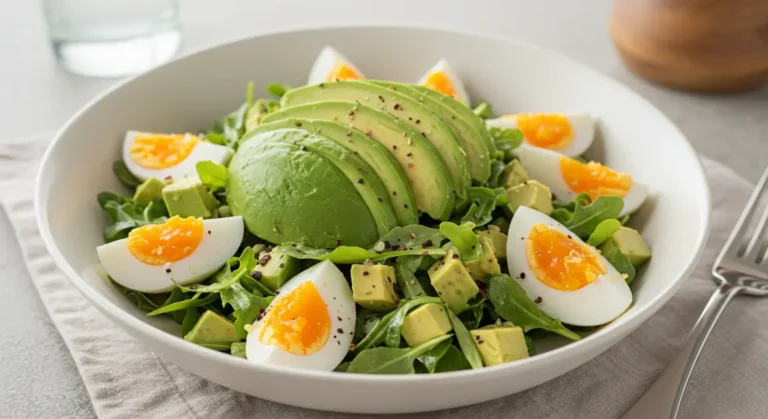Master the Art of Authentic Italian Pizza: Traditional Recipes & Secret Techniques for 2025
Table of Contents
Meta Description
Discover the secrets to making authentic Italian pizza at home with our step-by-step guide. Learn traditional techniques, regional variations, and expert tips to create pizza that rivals the best pizzerias in Naples. Your homemade pizza journey starts here!
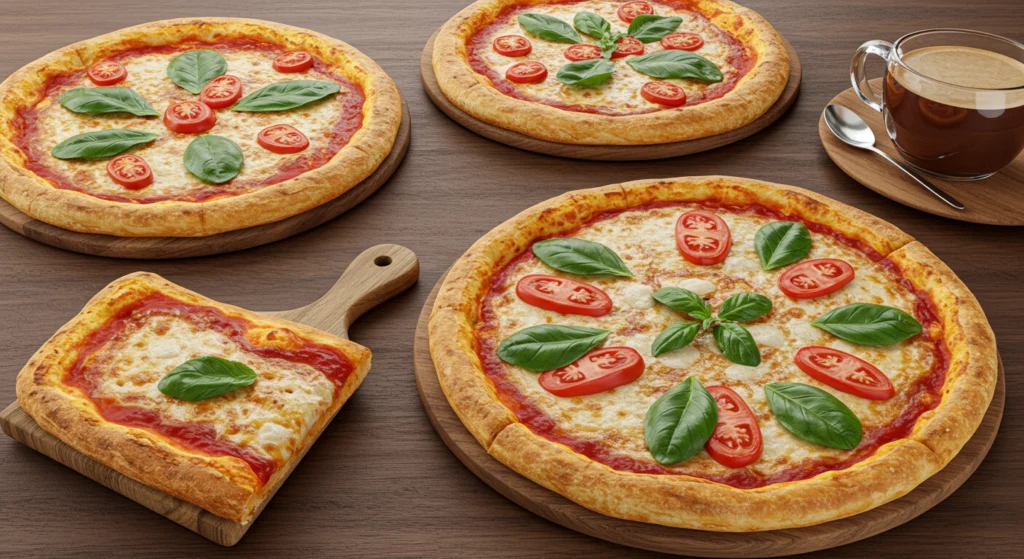
Have you ever bitten into a slice of pizza in Italy and wondered why it tastes so different from what you make at home? That perfect balance of a crisp yet chewy crust, the simple yet flavorful toppings, and that indescribable authentic taste that transports you straight to Naples? The good news is that authentic Italian pizza isn’t just for professional pizzaiolos – you can recreate this culinary masterpiece in your own kitchen.
As an Italian food enthusiast who has spent years perfecting the art of pizza-making, I’m excited to share my comprehensive guide to authentic Italian pizza. From traditional techniques passed down through generations to the science behind the perfect dough, this article will transform your homemade pizza game forever.
The Foundation: Understanding Authentic Italian Pizza
Before diving into recipes, let’s understand what makes Italian pizza unique. Unlike its American counterparts, traditional Italian pizza features a thin crust with a puffy, airy cornicione (edge). The toppings are minimal but high-quality, allowing each ingredient to shine. The most iconic Italian pizza is the Neapolitan-style pizza, recognized by UNESCO as an intangible cultural heritage.
True Italian pizza begins with simple ingredients: flour, water, salt, and yeast. The magic lies in the technique and the patience required to develop flavor. While modern pizza variations abound worldwide, returning to these fundamentals delivers an unmatched authentic experience.
The Perfect Pizza Dough: The Heart of Italian Pizza
Ingredients:
- 500g (4 cups) tipo “00” flour (or all-purpose flour if unavailable)
- 325ml (1⅓ cups) lukewarm water
- 7g (2 teaspoons) active dry yeast
- 10g (2 teaspoons) salt
- 15ml (1 tablespoon) extra virgin olive oil
Step-by-Step Process:
- Activate the yeast: In a small bowl, combine the lukewarm water and yeast. Let it sit for 5-10 minutes until foamy. This step ensures your yeast is active and ready to work.
- Mix the dry ingredients: In a large mixing bowl, whisk together the flour and salt.
- Form the dough: Create a well in the flour mixture and pour in the yeast mixture and olive oil. Using a wooden spoon, gradually incorporate the flour into the liquid until a shaggy dough forms.
- Knead the dough: Turn the dough onto a lightly floured surface and knead for 8-10 minutes until smooth and elastic. The dough should spring back when lightly pressed.
- First rise: Place the dough in an oiled bowl, cover with a damp cloth, and let rise at room temperature for 2 hours, or until doubled in size.
- Divide the dough: Gently deflate the dough and divide it into 3-4 equal pieces (each will make one pizza). Shape each piece into a ball.
- Second rise: Place the dough balls on a lightly floured surface, cover with a damp cloth, and let rise for another 45-60 minutes.
- Shape the pizzas: Using your fingertips, press the dough outward from the center, leaving a slightly thicker edge. Stretch the dough gently to form a 10-12 inch circle. For the authentic Neapolitan approach, avoid using a rolling pin, as this removes the air pockets that create the characteristic texture.
The Secret to Authentic Italian Pizza: Temperature
The primary difference between restaurant-quality Italian pizza and home attempts is temperature. Traditional wood-fired pizza ovens reach temperatures of 450-500°C (842-932°F), cooking pizza in just 60-90 seconds. This rapid cooking creates the perfect crust: crisp exterior, soft interior, with beautiful leopard-spotted char marks.
To replicate this at home:
- Pizza stone or steel: Preheat a pizza stone or steel in your oven for at least 45-60 minutes before baking.
- Maximum temperature: Set your oven to its highest possible temperature (typically 250-300°C/482-572°F for home ovens).
- Broiler method: For the final minute of cooking, switch to the broiler to char the top slightly.
- Alternative methods: Consider a home pizza oven attachment or a standalone pizza oven for outdoor use, which can reach higher temperatures.
Classic Italian Pizza Variations
Pizza Margherita: The Timeless Classic
Named after Queen Margherita of Italy, this pizza represents the colors of the Italian flag with red (tomatoes), white (mozzarella), and green (basil).
Ingredients:
- 1 prepared pizza dough ball
- 80g (⅓ cup) San Marzano tomato sauce
- 125g (4.5 oz) fresh buffalo mozzarella, torn into pieces
- Fresh basil leaves
- 15ml (1 tablespoon) extra virgin olive oil
- Sea salt to taste
Preparation:
- Stretch your dough and place it on a floured pizza peel.
- Spread the tomato sauce in a spiral motion, leaving the edge untouched.
- Add torn mozzarella pieces evenly across the pizza.
- Slide the pizza onto the preheated stone and bake for 6-8 minutes until the crust is golden and the cheese is bubbling.
- Remove from the oven, add fresh basil leaves, a drizzle of olive oil, and a sprinkle of sea salt.
Pizza Marinara: The Original Pizza
Even simpler than the Margherita, the Marinara dates back to 1734 and was created by Naples’ seafarers (marinai).
Ingredients:
- 1 prepared pizza dough ball
- 80g (⅓ cup) San Marzano tomato sauce
- 2 cloves garlic, thinly sliced
- 1 tablespoon dried oregano
- 15ml (1 tablespoon) extra virgin olive oil
- Fresh basil leaves
Preparation:
- Stretch your dough and place it on a floured pizza peel.
- Spread the tomato sauce, leaving the edge untouched.
- Distribute the garlic slices and sprinkle with oregano.
- Bake for 6-8 minutes until the crust is golden.
- Finish with fresh basil and olive oil.
Pizza Quattro Formaggi: For Cheese Lovers
A delicious combination of four cheeses that creates a rich, complex flavor profile.
Ingredients:
- 1 prepared pizza dough ball
- 50g (1.8 oz) mozzarella, shredded
- 50g (1.8 oz) gorgonzola, crumbled
- 50g (1.8 oz) fontina or provolone, shredded
- 50g (1.8 oz) parmigiano-reggiano, grated
- 15ml (1 tablespoon) extra virgin olive oil
- Fresh thyme leaves (optional)
Preparation:
- Stretch your dough and place it on a floured pizza peel.
- Distribute all cheeses evenly across the pizza.
- Bake for 6-8 minutes until the crust is golden and the cheese is bubbling and slightly browned.
- Finish with a drizzle of olive oil and fresh thyme if desired.
Regional Variations Worth Exploring
Pizza Romana: The Crisp Thin Crust
Roman-style pizza features an ultra-thin, crispy crust that’s almost cracker-like. The dough contains olive oil and sometimes a touch of sugar, and it’s typically rolled with a pin to achieve its signature thinness.
Pizza al Taglio: Pizza by the Cut
This rectangular pizza is baked in large trays and sold by weight. It’s thicker than Neapolitan pizza and can support a wider variety of toppings. This style originated in Rome but has spread throughout Italy.
Pizza Siciliana: The Thick Crust Alternative
Sicilian pizza (sfincione) features a thick, spongy crust similar to focaccia. Traditional toppings include onions, anchovies, tomatoes, and strong cheeses like caciocavallo.
Common Mistakes to Avoid
- Overworking the dough: This develops too much gluten, resulting in a tough crust.
- Skipping the preheating: Your oven and pizza stone must be properly preheated to achieve the correct texture.
- Overloading with toppings: Authentic Italian pizza celebrates restraint – too many toppings will weigh down the dough and prevent proper cooking.
- Using cold ingredients: Allow mozzarella and other toppings to come to room temperature before adding them to your pizza.
- Rushing the fermentation: Proper dough development takes time and cannot be rushed without sacrificing flavor and texture.
Advanced Tips for Pizza Perfection
- Cold fermentation: After the initial rise, refrigerate your dough for 24-72 hours. This slow fermentation develops complex flavors and improves texture.
- Hydration levels: Experiment with higher hydration doughs (65-70% water to flour ratio) for a more open crumb structure.
- Semolina dusting: Use semolina flour on your pizza peel to prevent sticking and add a pleasant textural element.
- Sauce consistency: Your tomato sauce should be relatively thick – watery sauce will make your pizza soggy.
- Quality ingredients: Italian cooking philosophy emphasizes quality over quantity. Use the best ingredients you can find, especially for simple pizzas where each component matters.
The Art of Pairing: What to Serve with Your Homemade Pizza
In Italy, pizza is often enjoyed as a complete meal rather than an appetizer. Consider these authentic Italian pairings:
- Beverages: A light Italian beer like Peroni or Moretti, or a glass of dry red wine such as Chianti or Montepulciano d’Abruzzo.
- Antipasti: Start with simple marinated olives or a small insalata mista (mixed salad).
- Digestivi: Finish your meal with a shot of limoncello or amaro to aid digestion.
By mastering the art of authentic Italian pizza, you’re not just learning a recipe – you’re connecting with centuries of culinary tradition. The pursuit of the perfect pizza is a journey, not a destination. Each batch of dough teaches you something new, and every pizza brings you closer to the magic that makes Italian cuisine so beloved worldwide.
So heat up your oven, roll up your sleeves, and prepare to create pizza that will transport you straight to the bustling streets of Naples with every bite. Buon appetito!
FAQs About Authentic Italian Pizza
What’s the difference between Italian and American pizza?
Italian pizza typically features a thinner crust with a puffy edge, minimal high-quality toppings, and is cooked at extremely high temperatures for a short time. American pizza often has a thicker crust, more toppings, and is baked longer at lower temperatures.
Can I make authentic Italian pizza without a pizza stone?
While a pizza stone provides the best results by replicating the heat retention of traditional pizza ovens, you can use a preheated heavy baking sheet or cast iron pan as an alternative. The key is getting your cooking surface very hot before adding the pizza.
What flour is best for Italian pizza dough?
Traditional Neapolitan pizza uses “tipo 00” flour, which is finely ground and has a moderate protein content (around 12%). If unavailable, bread flour or all-purpose flour can be substituted, though the texture will be slightly different.
Why is my pizza dough too sticky?
Pizza dough hydration varies based on flour type, humidity, and other factors. If your dough is too sticky, gradually add small amounts of flour during kneading. Remember that authentic Italian dough tends to be on the wetter side compared to other bread doughs.
How long should pizza dough rise?
For best flavor development, allow for two rises: first for about 2 hours at room temperature until doubled in size, then divide and let rise again for 45-60 minutes. For enhanced flavor, consider cold fermentation in the refrigerator for 24-72 hours.
Can I prepare pizza dough in advance?
Absolutely! Pizza dough actually improves with time. After the first rise, refrigerate the dough for up to 3 days. Bring it to room temperature for about an hour before shaping and baking.
Why isn’t my homemade pizza as good as restaurant pizza?
The main difference is temperature. Professional pizza ovens reach 450-500°C (842-932°F), while home ovens typically max out at 250-300°C (482-572°F). Using a pizza stone, preheating thoroughly, and positioning your rack correctly can help, but consider a home pizza oven for truly authentic results.
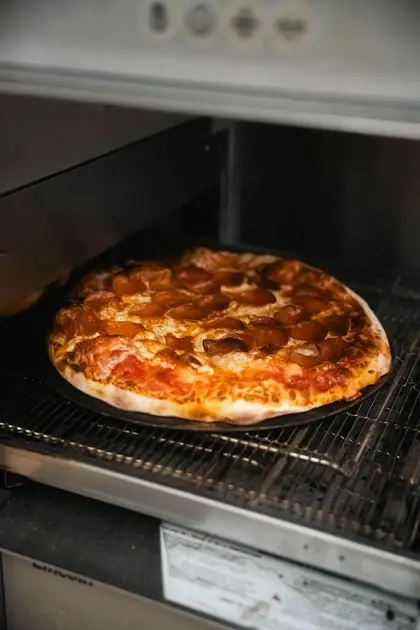
for more recipes visit us

